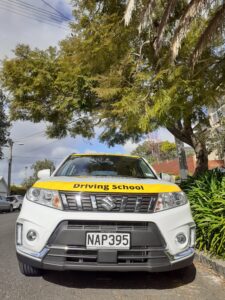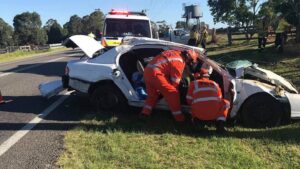Unlike some other countries, car insurance isn’t mandatory here in New Zealand, and whilst this can make car ownership cheaper in the short term, the undeniable benefit of having car insurance is that it’s there when you need it the most, and often when you least expect it.
Some of us learn this the hard way, often when we’re younger and don’t really think about the benefit of spending that little bit extra each month to cover the cost of vehicle insurance.
According to the 2020 AA Insurance Lifestyle Survey, just under two-thirds of New Zealanders have been involved in a car accident in their lifetime.
How does car insurance work?
Some policies can protect your car in the event it gets stolen or if you require a windscreen replacement, and some even include extras like towing free of charge. As part of your insurance you get legal liability cover, meaning if you are legally liable for an accident then your insurer will cover the costs (up to a limit).
If you’re involved in a crash with an uninsured vehicle, depending on the type of policy you have you may still be covered (although some companies have a reduced claim limit). It’s always worth checking, particularly if you have a Third Party policy, because if the crash was your fault, your insurance will only pay out for the damage on attributed to the other party’s property.
If the crash was the other driver’s fault, if you only have Third Party insurance then it may be unlikely that your insurance can help you, and it would be up to you to communicate with the driver who caused the crash. They’d need to admit liability and pass you their insurance details (if they have any).
Remember that policies can differ between insurers, so always check to see exactly what the terms of your agreement are.
What are the benefits of getting car insurance?
Crashing your car when you’re uninsured can lump you with a large, unwanted expense and can even leave you financially unable to get your car back on the road again.
If you have Comprehensive insurance and are caught up in a crash, your insurance provider will often do a lot of the legwork on your behalf. They will arrange for an assessor to check on the scale of the damage, and organise for the repairs to be made. If applicable, they’ll also liaise with any other insurers involved.
What types of cover are available?
There are various types of cover available for drivers such as Third Party, Third Party Fire & Theft, and Comprehensive. No matter which you choose, make sure you’re selecting the insurance policy that’s right for you and your car. Speak to your insurer or check out their policy options online to find the best option for you.
A final note
Is is wise therefore to take out a Third Party policy at the very least.
Always remember that if you’re in a car crash and it’s your fault, then you’re responsible for all damage caused. If you’re not insured, these costs will come out of your pocket and it could seriously impact you financially, especially if you’re unfortunate enough to have an incident with something high-end; replacing a small body panel on a super-car, for example, could cost more than your entire vehicle.




